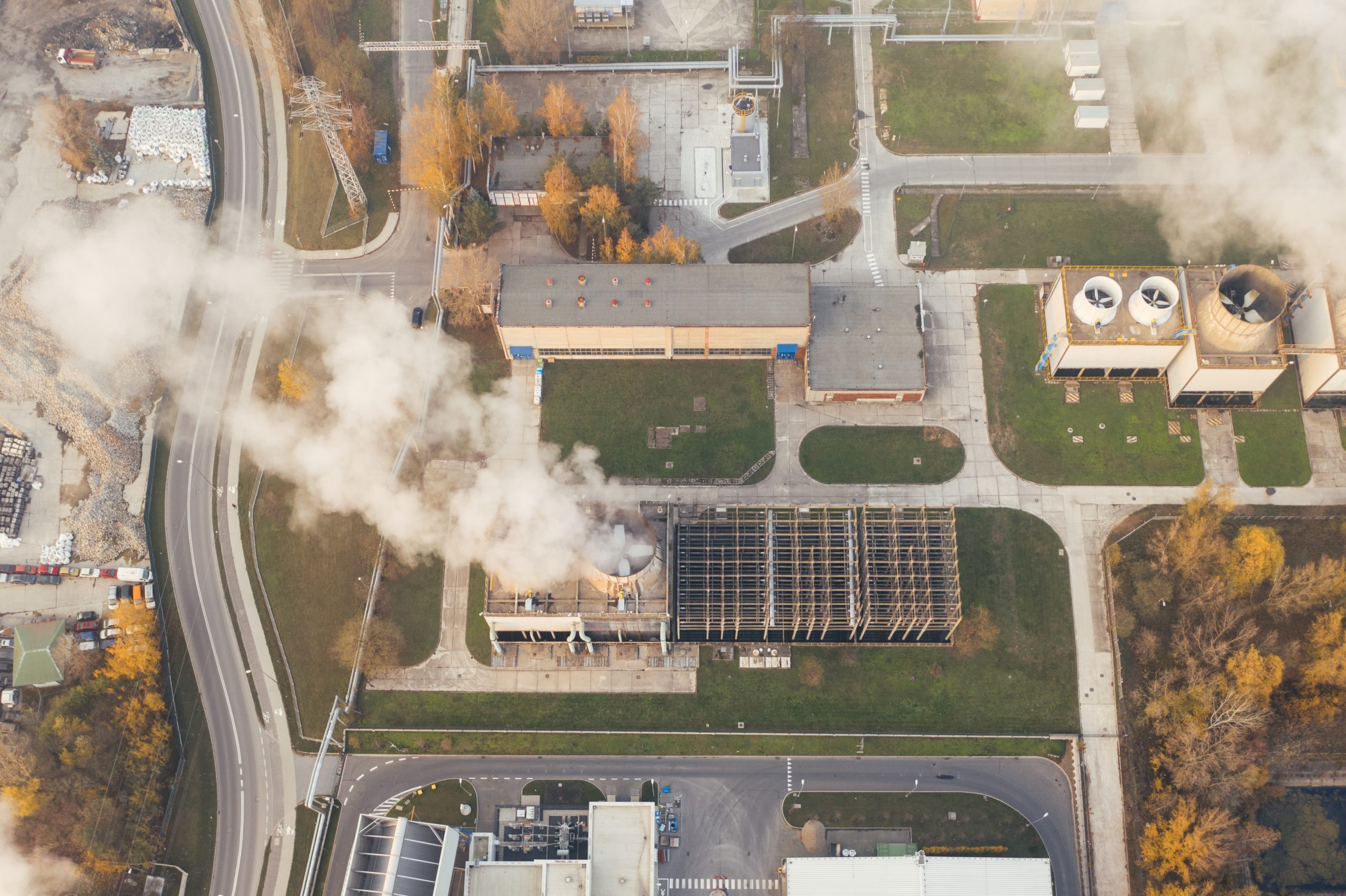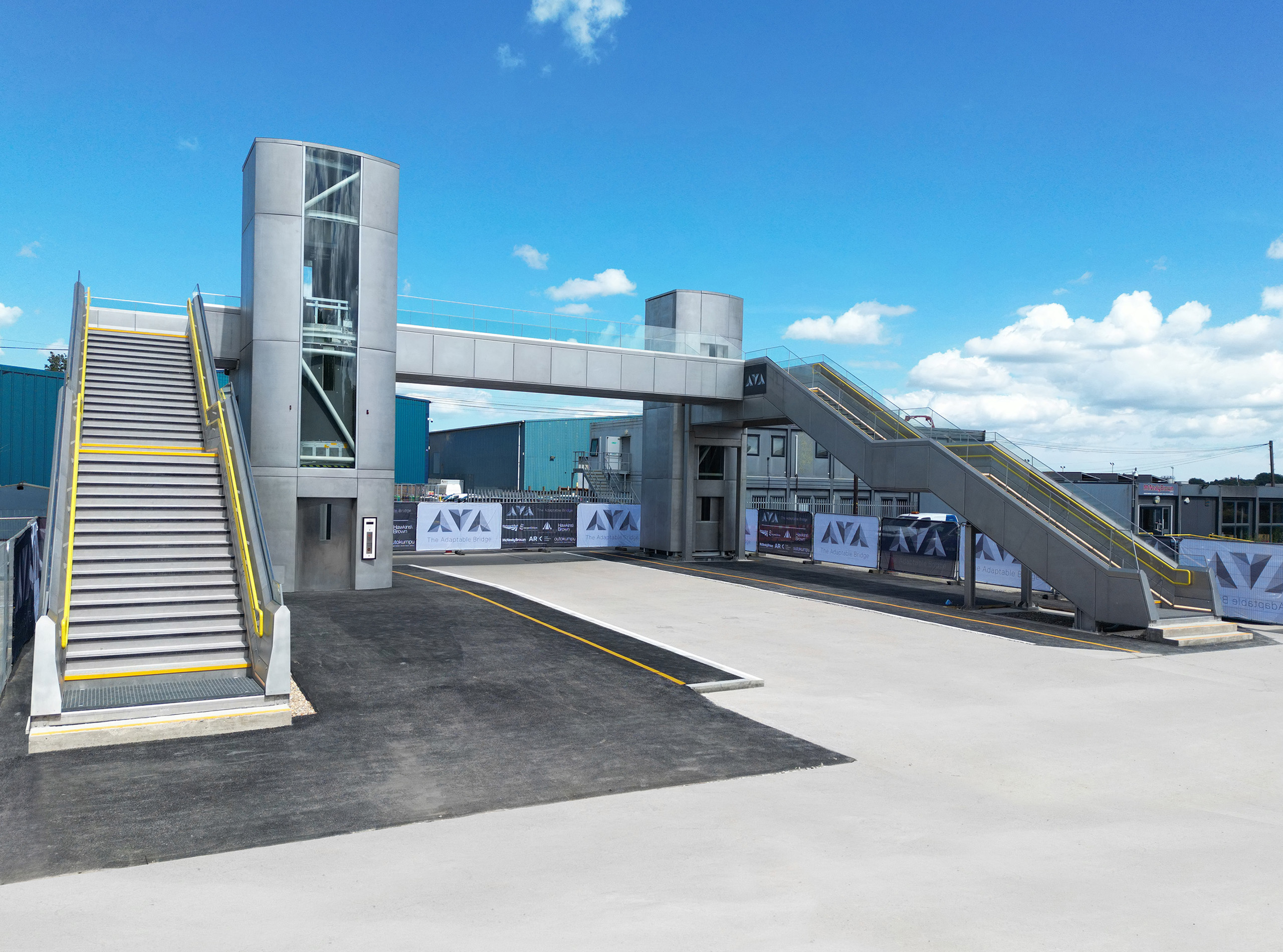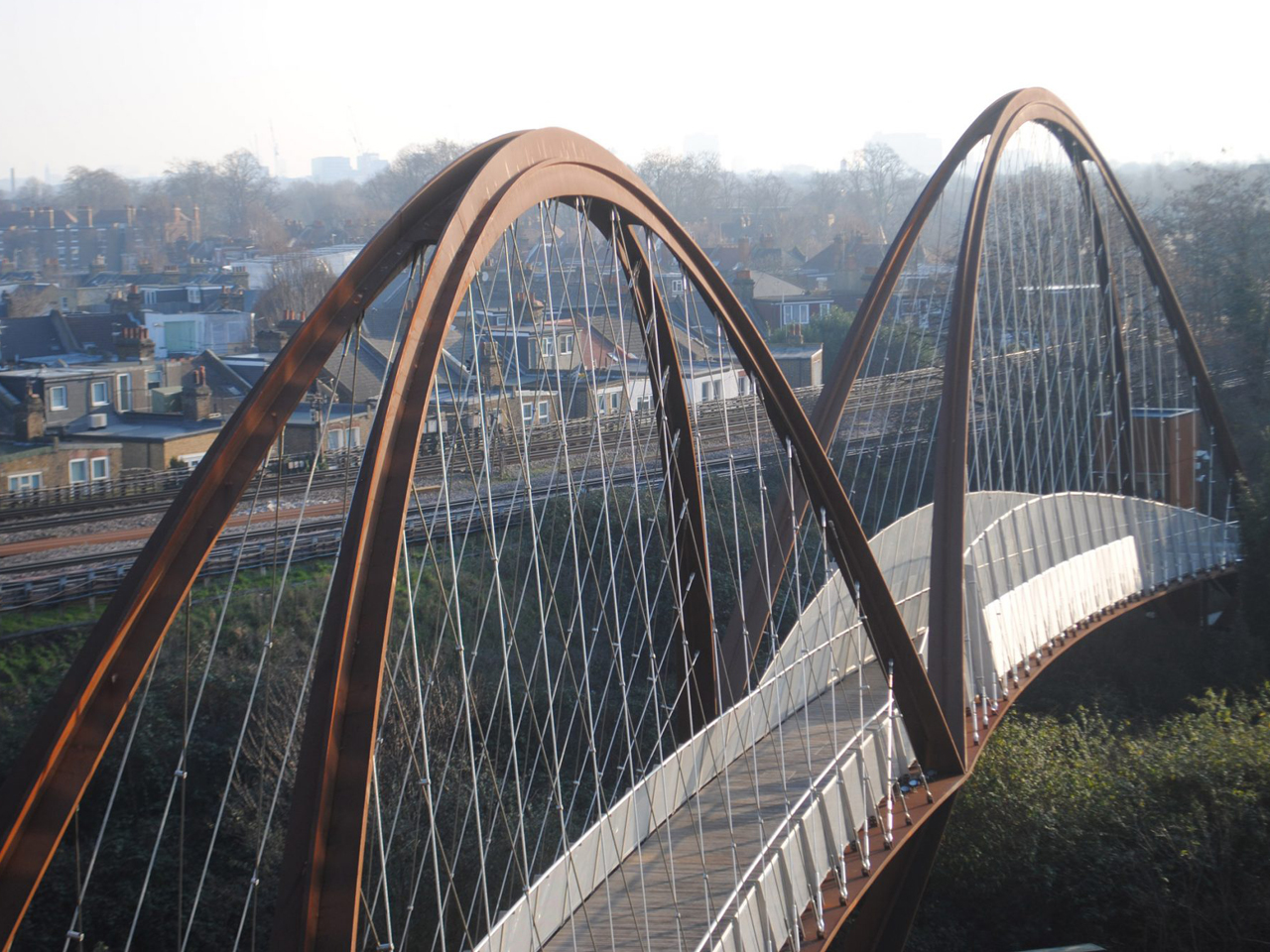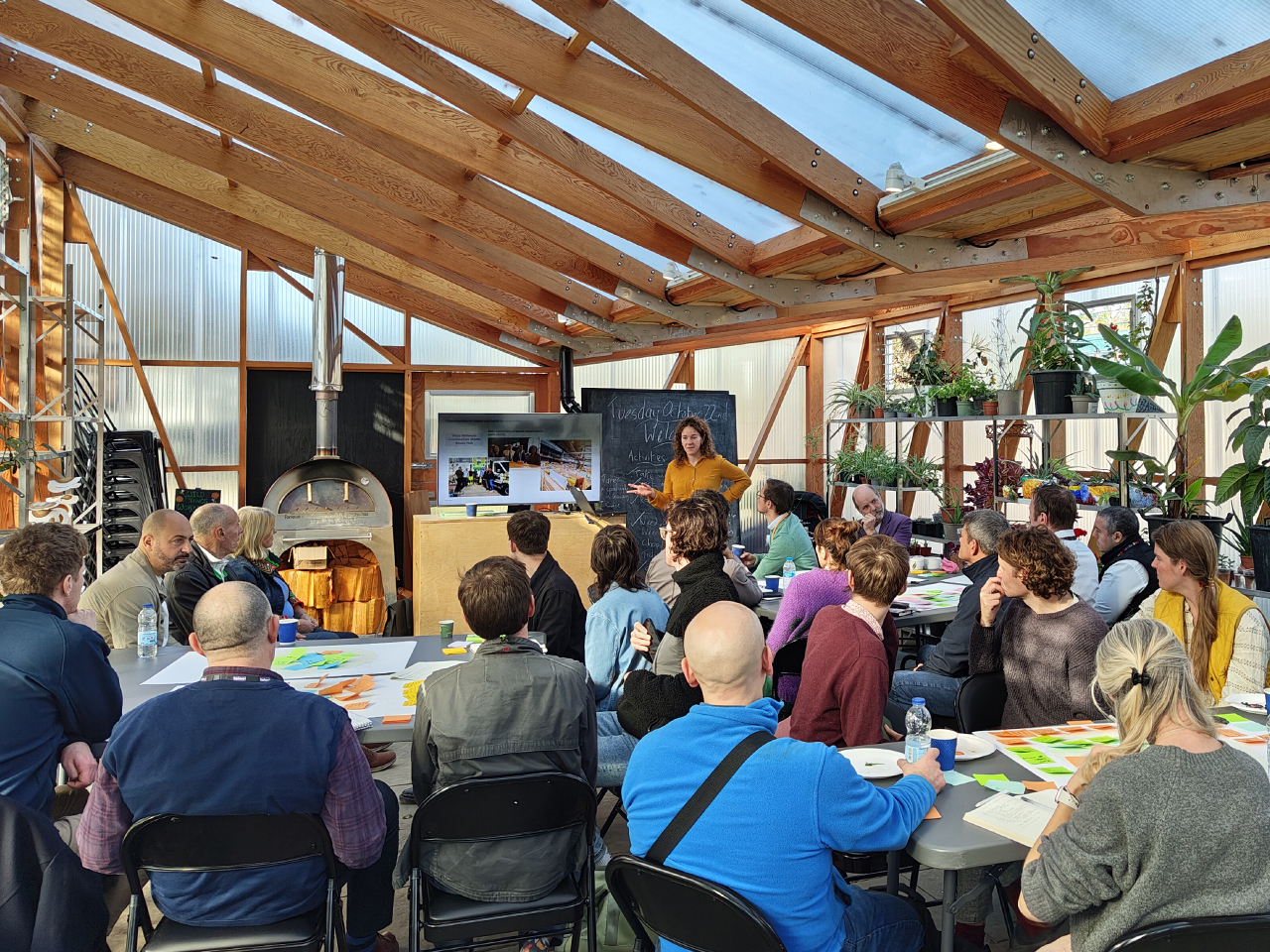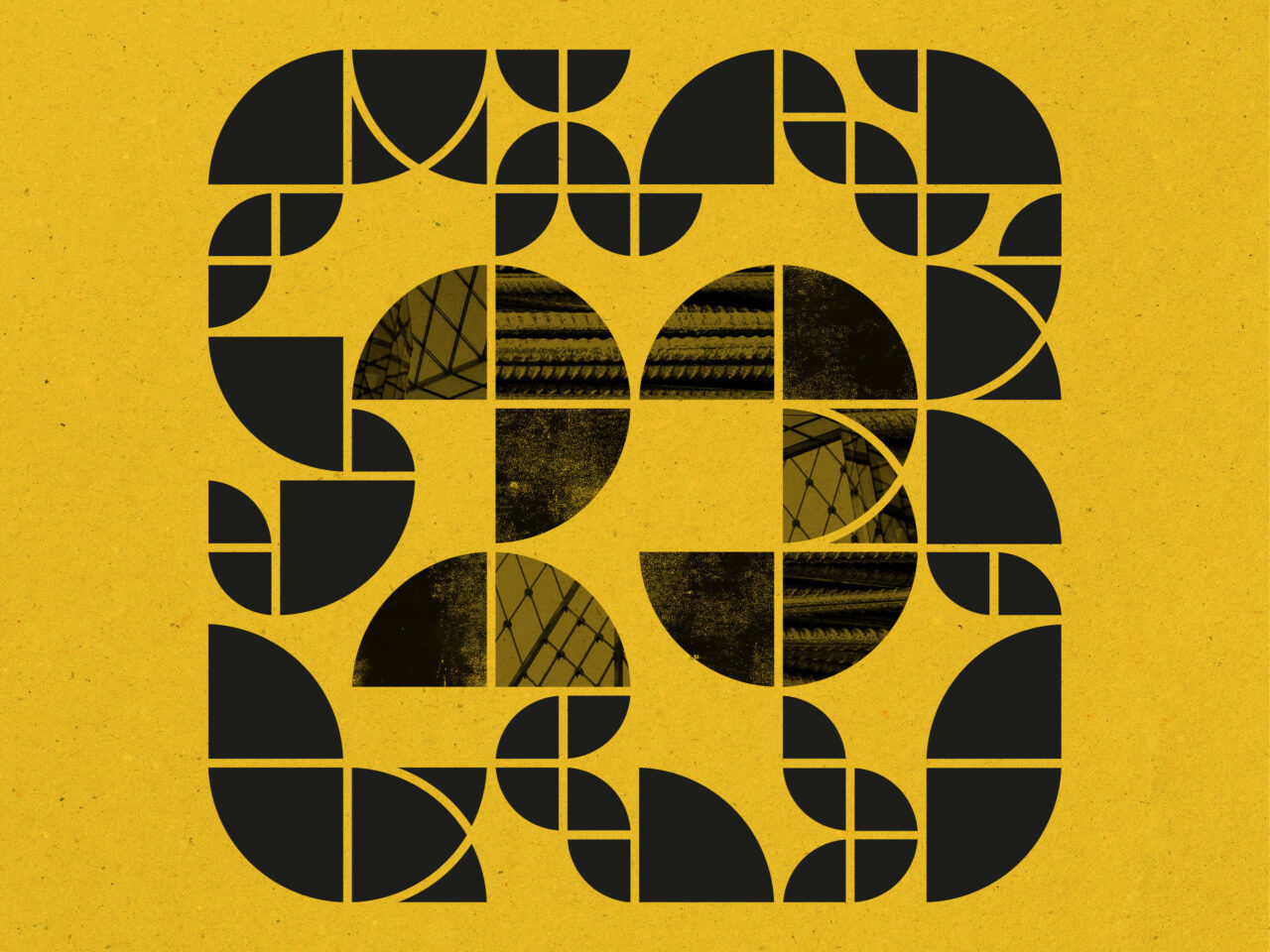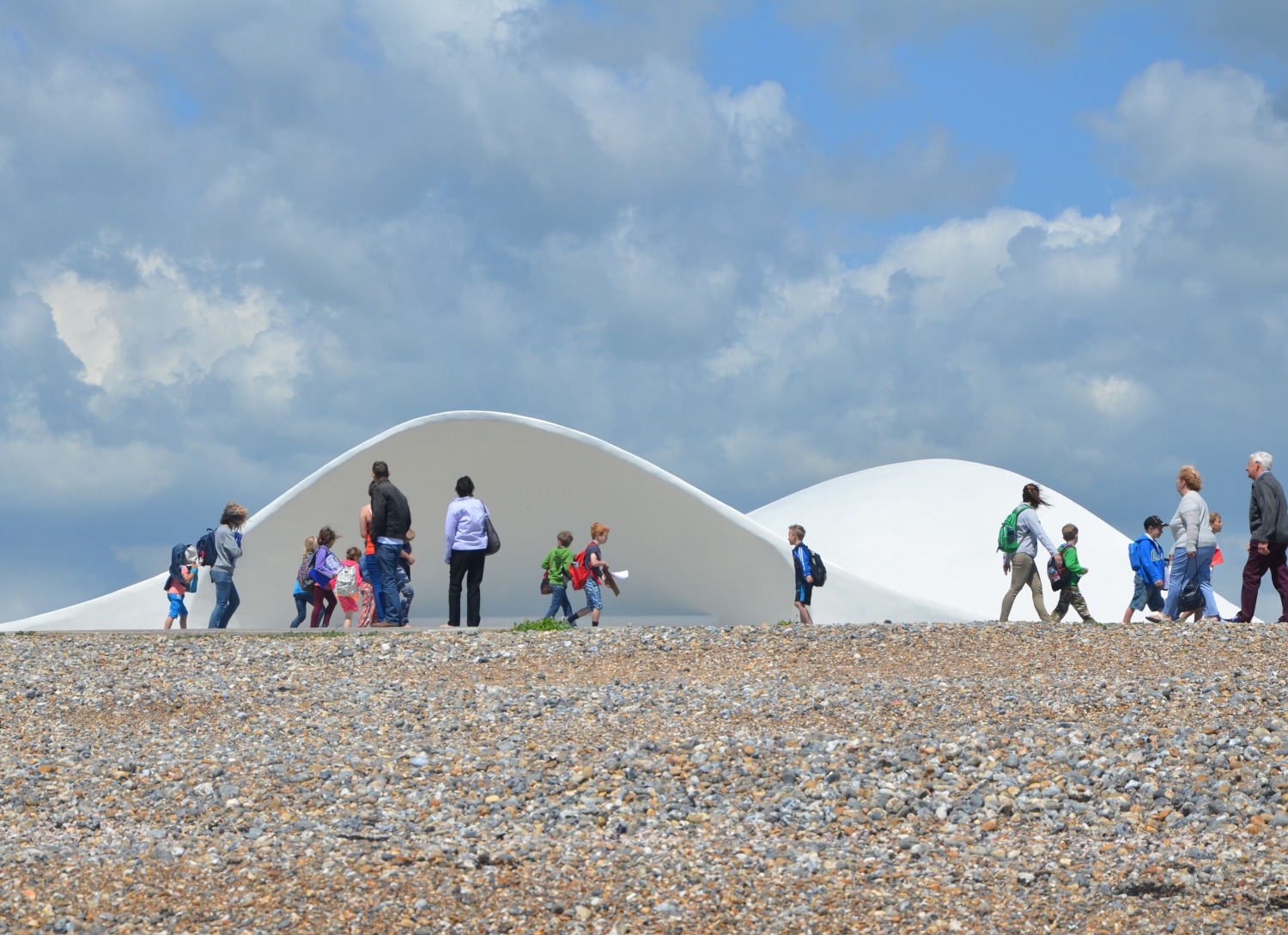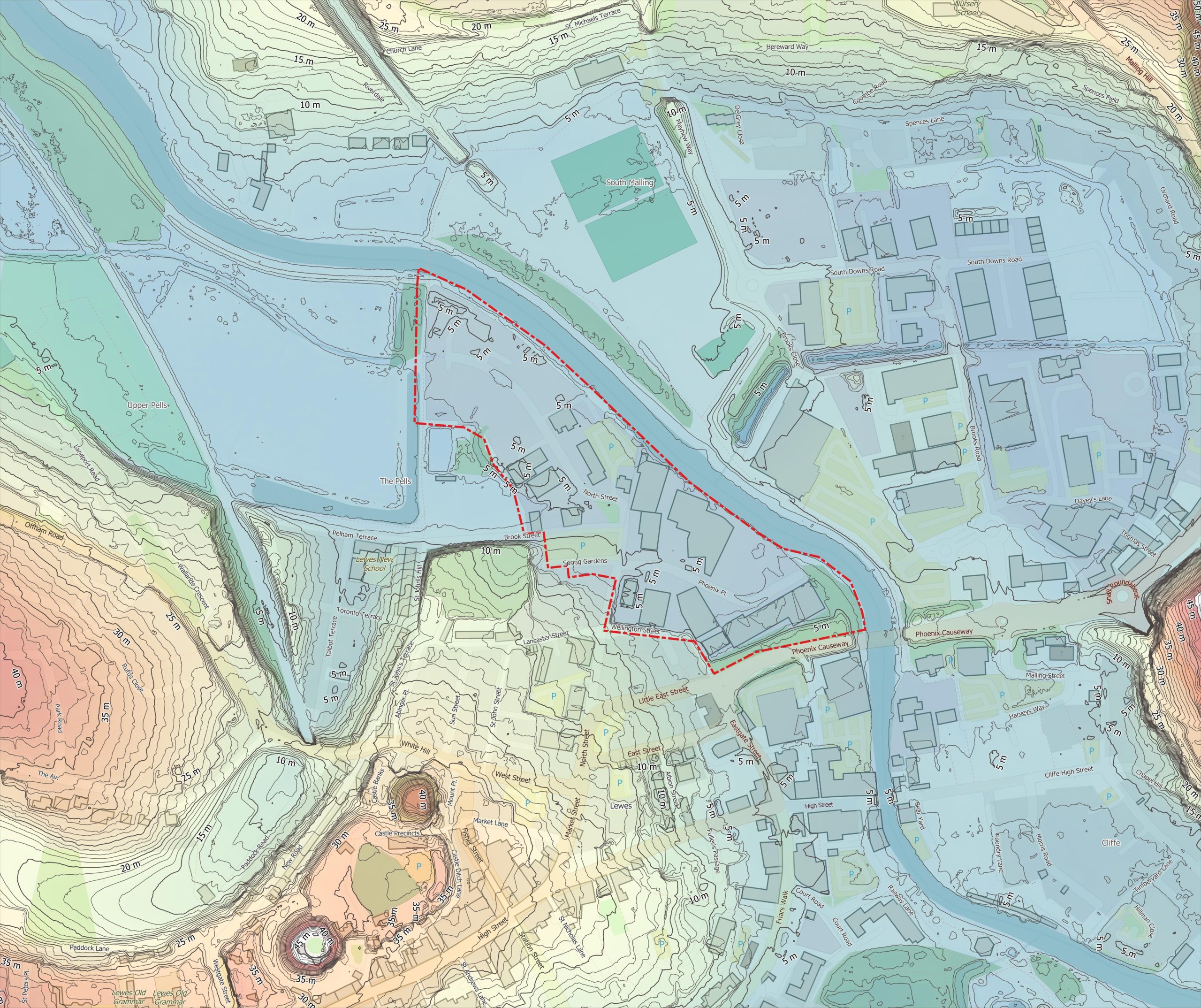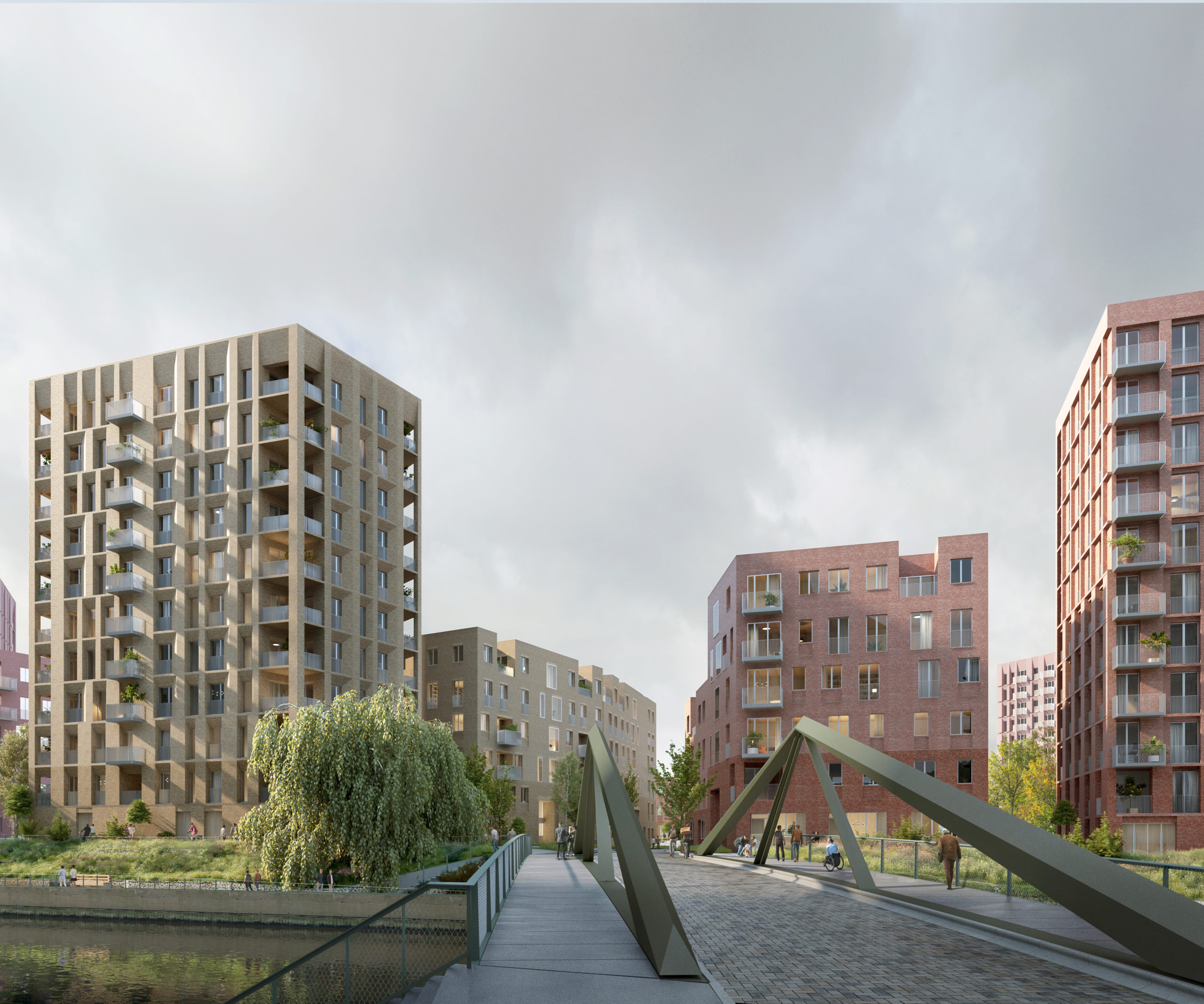Network Rail Signalling Carbon Study
UK
In this detailed study, we took a deep dive into the whole-life carbon cost of signalling equipment, comparing the figures for digital systems with those for conventional systems as a means of informing decisions that Network Rail needed to take for its East Coast Mainline Digitisation Programme.
Expedition’s work involved assessing, compiling and comparing carbon values through all stages of life for exemplar digital and conventional signalling systems. We followed these systems from the embodied and capital carbon required for their creation, through operational use and maintenance, right up to end-of-life. The signalling carbon review was one in a series of innovation commissions from Network Rail.
In this instance we began by interviewing experts from across the client organisation to gain a better understanding of signalling systems and how they are procured, installed, operated and maintained.
Bid pricing takes the form of establishing an average figure per ‘signalling equipment unit’ (SEU) for the line, taking account of the type of terrain the line runs through, the relative urban or rural nature of the route, how many tunnels it includes and so on to calculate the density of equipment for an average unit, and ensure the estimate is relevant and realistic.
Working with Siemens we gained a more granular view of the elements of each SEU, established the details of the two types of system, and agreed realistic quantities of individual elements for each system type, so that we could compile meaningful figures to support comparisons.
We chased down individual suppliers to establish the type and quantity of materials that were used in each element, in order to calculate the embodied carbon. The PAS2080 standard for calculating whole-life carbon in infrastructure was the basis for our work.
One of the key carbon savings with a digital system is the amount of cabling that can be eliminated, as well as steel structures and the concrete footings needed for those structures. While additional elements such as communication towers and network servers are necessary, overall our findings demonstrated that a significant carbon saving can be made by switching to digital.
The study that we produced was used by PWC to input into the business case for the digitisation of the East Coast Mainline.


